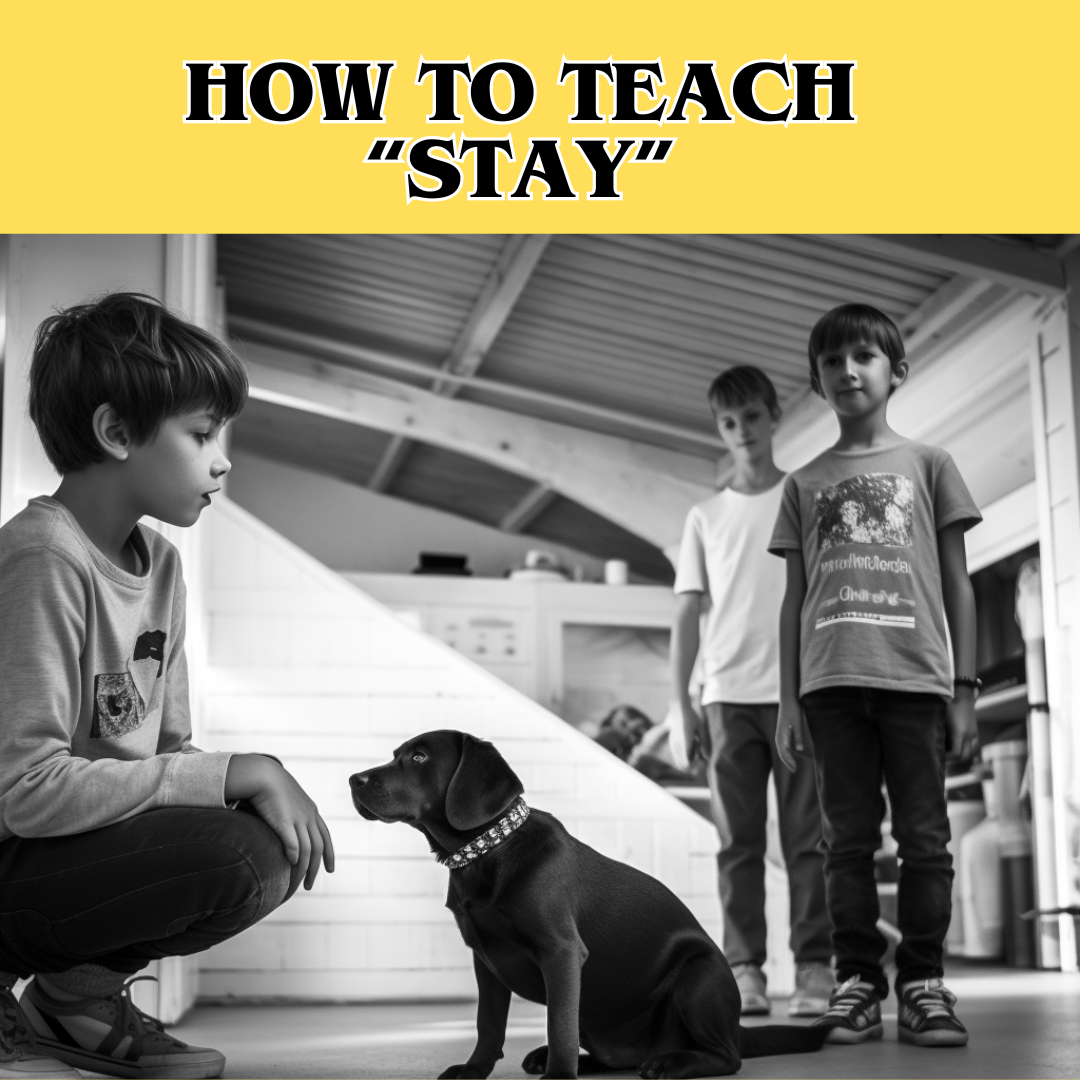Key Takeaways
| Key Points | Details |
|---|---|
| Understanding “Stay” | Essential for controlling your pit bull in various situations |
| Step-by-Step Guide | Clear, incremental steps to teach “Stay” effectively |
| Common Mistakes | Identifying and avoiding typical training errors |
| Enhancing Training | Incorporating games and positive reinforcement |
The ‘Stay’ Command for Pit Bulls
Training your pit bull to obey the ‘Stay’ command is a fundamental aspect of their training regime that serves multiple purposes. Not only does it help in managing your dog’s movements in everyday situations, but it is also crucial for their safety and the safety of others. Understanding how to effectively teach your pit bull to stay is essential for any owner committed to responsible pet ownership.
Why ‘Stay’ is Important
The ‘Stay’ command is more than just an obedience trick; it is a critical safety tool. Whether you’re at a busy street corner, in a park filled with distractions, or simply need your pit bull to remain in place while you attend to something, mastering this command can be lifesaving. It fosters self-control in your pit bull and helps maintain calm in various environments.
Step 1: Preparing to Train
Before diving into the ‘Stay’ command, it’s important to ensure your pit bull is well-versed in basic obedience. Commands like ‘Sit’ and ‘Down’ are foundational and should be well established. Training should occur in a quiet environment free from distractions to allow your pit bull to focus fully on your instructions. Having treats ready as a form of positive reinforcement is also key to motivating and rewarding your dog during the training sessions.
Step 2: Introducing ‘Stay’
Begin with your pit bull in a sitting or lying down position. Calmly and firmly say the command ‘Stay’ while holding up your hand with your palm facing forwards, which will become a visual cue. It’s crucial that your pit bull associates the command and the gesture together, creating a clear communication channel between you both.
Step 3: Incremental Increases in Distance and Duration
Start by asking your pit bull to stay for short periods, such as five seconds, and gradually increase the duration as they show signs of understanding and compliance. Move a short distance away from them, and then return quickly to reward them with a treat and praise. As they become more adept, you can increase both the time they are asked to stay and the distance you move away.
Step 4: Adding Distractions
Once your pit bull has mastered staying while you move away, begin introducing controlled distractions. This could involve having someone walk past while your dog is in the ‘Stay’ position, or gently rolling a ball near them. Reward them for staying put, reinforcing that ignoring distractions is a positive behavior.
This is the end of this generation.
Step 5: Troubleshooting Common Problems
Training a pit bull to stay reliably can come with its set of challenges. One common issue is the dog breaking the stay too early. If your pit bull gets up before you release them from the stay, it’s crucial to go back a few steps in your training. Reduce the distance or duration, or eliminate distractions, then gradually build up again. Consistency and patience are key—never punish your pit bull for breaking the stay, but do not reward them either. Simply reset and try again.
Step 6: Practice Makes Perfect
Repetition is essential in dog training. Continue practicing the ‘Stay’ command in different locations and with varying levels of distractions. This not only reinforces the behavior but also ensures that your pit bull can stay put regardless of the environment, which is especially important for socialization and adapting to new situations.
Enhancing the Stay Training with Games
Incorporating games into the training regimen can make learning more enjoyable for both you and your pit bull. Games like hide and seek where you ask your pit bull to stay, then hide and call them to come find you, can be an excellent way to practice ‘Stay’ in a fun and engaging way. This type of training also reinforces other commands and helps in building a stronger bond between you and your pet.
Consistency Across Different Scenarios
Ensure that everyone in your household is on the same page when it comes to training your pit bull. Consistency in commands, cues, and rewards helps prevent confusion and solidifies the learning. Regularly review the training techniques to ensure that your pit bull does not develop selective obedience, which is common when commands are not consistently enforced.
Utilizing Professional Resources
If you encounter persistent issues or your pit bull shows signs of anxiety or aggression when asked to stay, consider consulting a professional trainer. Detailed behavior modification techniques are crucial for dealing with deeper issues, and professional guidance can provide tailored strategies and support. Learning from experts can be incredibly beneficial, and resources like those found in our guide to addressing aggression in pit bulls can offer additional insights and methods.
Finalizing the ‘Stay’ Command Training
After your pit bull has become proficient in staying under various conditions and durations, it’s important to periodically test and reinforce this behavior. Like any learned behavior, ‘Stay’ can weaken without practice, especially in environments with high distraction levels.
Long-Term Success and Maintenance
To ensure long-term adherence to the ‘Stay’ command, integrate this training into your daily routine. During regular walks, at meal times, or while at the park, sporadically ask your pit bull to stay, gradually introducing new and more challenging environments to solidify the command. This ongoing training helps maintain your dog’s discipline and attention.
The Benefits of a Well-Trained Pit Bull
A pit bull that reliably responds to the ‘Stay’ command is typically better behaved and easier to manage. This obedience can translate into safer interactions with other animals and people, reducing the likelihood of accidents or confrontations. It also reflects positively on the broader pit bull community, helping to dispel myths and biases against the breed.
Responsible Pit Bull Ownership
Training your pit bull in commands like ‘Stay’ is part of broader responsible pet ownership. Ensuring that your pit bull is a well-mannered member of society helps challenge the misconceptions about the breed and showcases the potential of these dogs when properly trained and loved. More resources on responsible ownership can be found in our article on responsible pitbull ownership.
Mastering the ‘Stay’ command is an investment in your pit bull’s safety, discipline, and quality of life. It requires patience, consistency, and understanding, but the rewards are well worth the effort. Continue to explore additional training opportunities and resources to provide your pit bull with a happy, healthy, and harmonious life.
FAQ:
- What is the first step in teaching a pit bull to stay?
- Begin by ensuring your pit bull knows basic commands like ‘Sit’ or ‘Down’, then introduce ‘Stay’ in a distraction-free area.
- How long does it take to teach a pit bull to stay?
- The duration varies but typically requires several weeks of consistent practice, gradually increasing the challenge level.
- What are common problems when teaching ‘Stay’?
- Common issues include the dog moving before being released from the stay. Reduce complexity and rebuild gradually if this occurs.
- How can I make stay training more effective?
- Use positive reinforcement, maintain consistency in commands and rewards, and practice in various environments to generalize the behavior.



